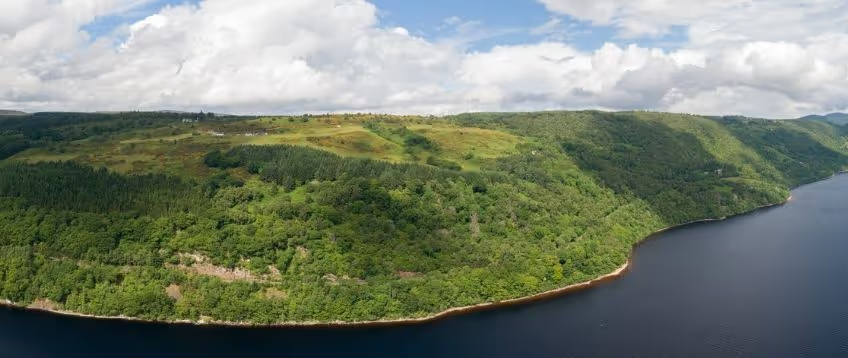A Model for River Rehabilitation: Restoring the River Dee & Don using eDNA and Hydrological Insights
Setting a new standard for participatory, nature intelligence-led river conservation through the integration of eDNA technology, ecological insights, and stakeholder engagement.
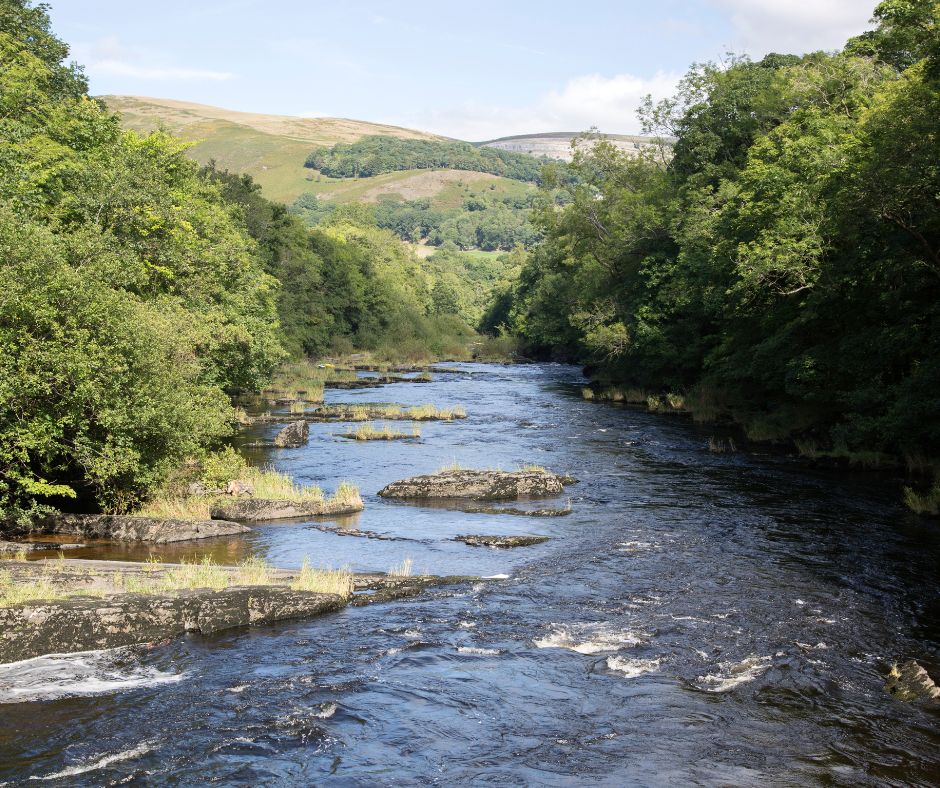
A collaboration between
Project Snapshot
Overview
The River Dee and Don, celebrated for their historic spring Atlantic salmon run, has faced a concerning decline in salmon populations due to environmental pressures. To combat this threat, the River Dee Trust participated in an innovative monitoring and conservation initiative supported by funding from bp. This project highlighted the potential of combining eDNA technology and hydrological data to comprehensively assess biodiversity holistically, identify key habitats, and inform targeted management strategies for restoring the river ecosystem.

The Challenge
The River Dee and Don's declining Atlantic salmon population, impacted by climate change, pollution, and habitat loss, required a comprehensive approach to guide effective conservation. Traditional monitoring methods proved limited in providing the large-scale, multi-species data needed to strategically guide conservation efforts. The River Dee Trust sought an innovative solution to gather robust data, identify key habitats, and crucially, involve local communities in the conservation journey. Engaging stakeholders was key to fostering shared stewardship and long-term restoration success.

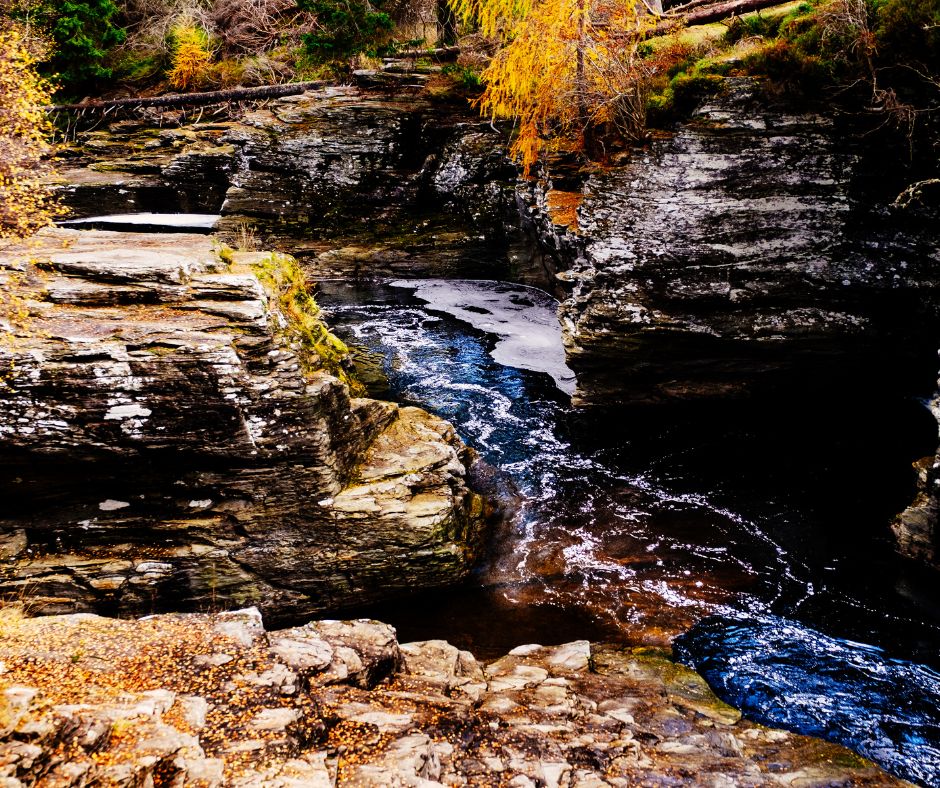
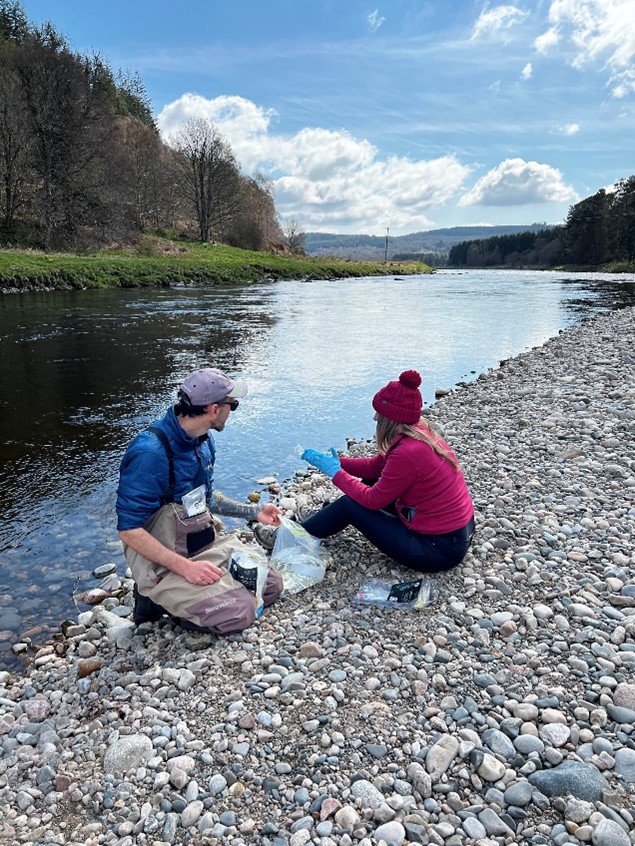

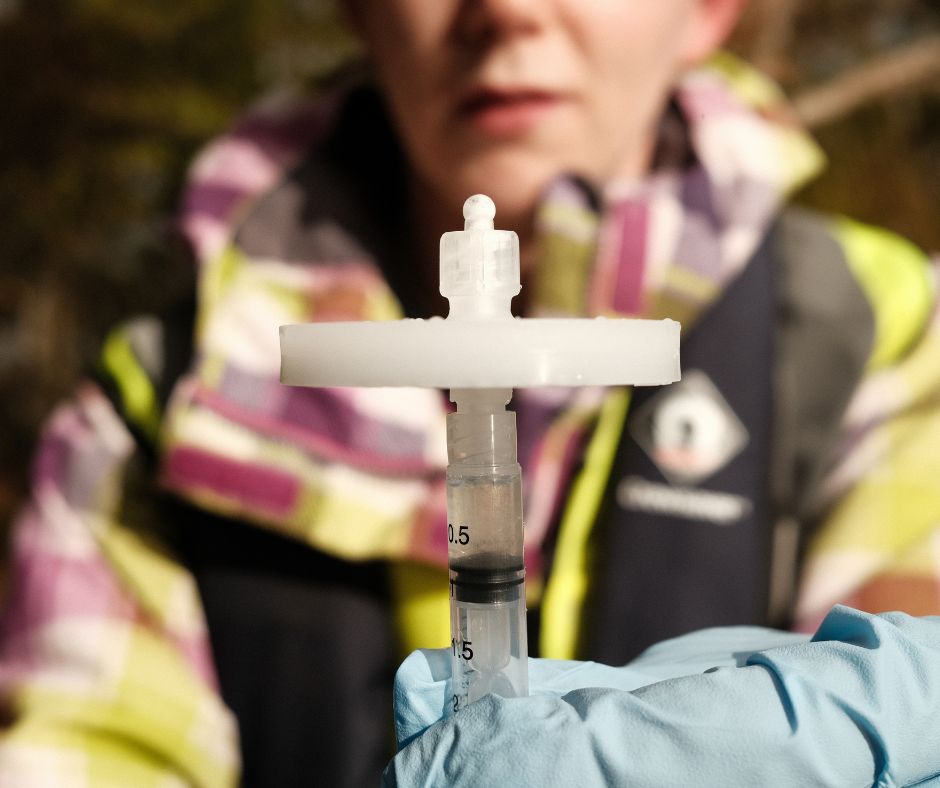
Our Role
NatureMetrics collaborated with the Trust to design and implement an eDNA sampling program across the entire River Dee and Don catchment area. Community volunteers along with the River Dee and bp staff were trained to collect water samples at strategic locations using NatureMetrics' user-friendly eDNA sampling kits. These samples were then analyzed and nature insights were reported by NatureMetrics using our rigorously validated bioinformatics pipeline. This approach demonstrated the potential for this technology to be used for comprehensive biodiversity assessments targeting Atlantic salmon, invasive species like Pacific pink salmon, and freshwater invertebrates that serve as bioindicators of water quality.

The Findings
Setting a newstandard for participatory, nature intelligence-led river conservation throughthe integration of eDNA technology, ecological insights, and stakeholderengagement.
By integrating eDNA data with hydrology models and river monitoring data from the Trust, the analysis demonstrated it is possible to:
- Create fine-scale distribution maps of Atlantic salmon eDNA concentrations across the catchment, highlighting areas for further investigation where abundance was particularly high or low.
- Identify key biodiversity hotspots based on overall species diversity and presence of species of conservation concern.
- Detect and pinpoint the locality of invasive Pacific pink salmon,
- Connect invertebrate eDNA markers and pollutants/habitat quality, to identify areas of environmental stress.
These biodiversity insights when mapped to hydrology data and repeated over multiple years, would be a powerful tool to illuminate critical areas requiring habitat restoration, inform invasive species management, drive pollution mitigation, and inspire other conservation interventions.


Aoife Toomey
Digital Science Lead, bp
The Impact
This project demonstrates the power of integrating eDNA monitoring with hydrological data to inform targeted, data-driven conservation strategies. The potential nature insights gained from this technology could be used to equip the River Dee Trust to prioritize critical habitats, mitigate threats, and restore biodiversity, with a focus on the iconic Atlantic salmon.
The same eDNA approach can be used to monitor critically endangered species such as European eel and lamprey, and to identify biodiversity hotspots that support rich communities of fish and freshwater insects. By combining species distribution data with other environmental variables like stream order, land-use, and pollution, the project aims to identify ecological requirements and threats to biodiversity. Notably, the presence or absence of sensitive freshwater insect species, which serve as bioindicators of water quality, can help pinpoint areas impacted by sewage or industrial effluents, catalyzing improved water treatment before release into the rivers.
Importantly, the eDNA data collected during this project will be shared and added to the GBIF, The Global Biodiversity Information Facility, a global biodiversity database. This contribution significantly expands the project's impact, making the valuable data available to scientists and researchers worldwide. By contributing to this global resource, the project enables other researchers to inform future conservation efforts in the area and beyond, fostering a collaborative approach to biodiversity preservation.
The success of this multidisciplinary approach, enabled by bp's funding for biodiversity monitoring technologies and community and bp staff volunteering efforts , positions the River Dee initiative as a model for participatory river conservation on a global scale. It demonstrates the efficacy of combining diverse monitoring methods, datasets, and research techniques for a comprehensive understanding of environmental dynamics. With ongoing eDNA monitoring and continued stakeholder engagement, this project has the potential to inspire a new era of data-driven, community-centred conservation efforts in river systems worldwide.
Read the project press release here.

River Dee Trust





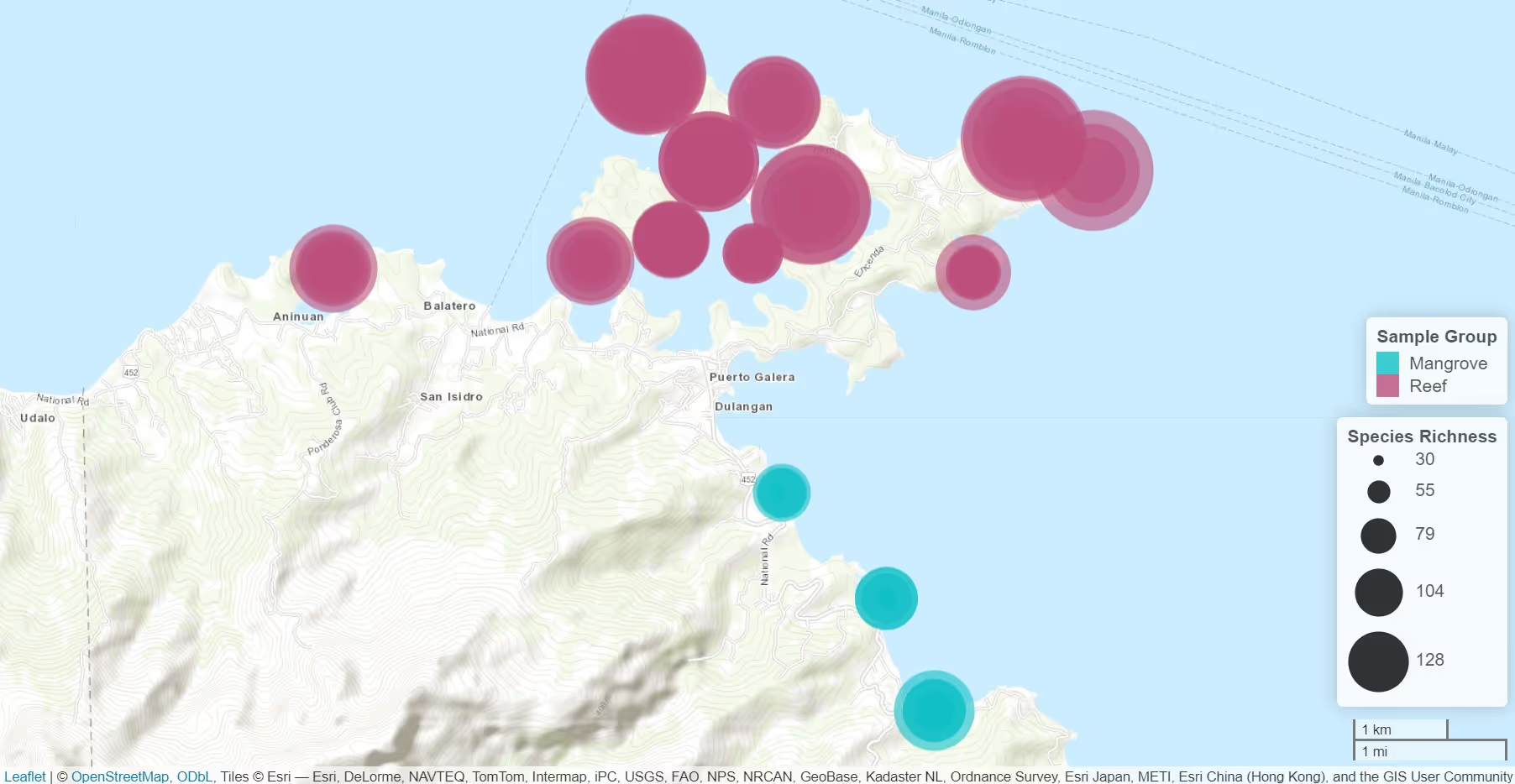
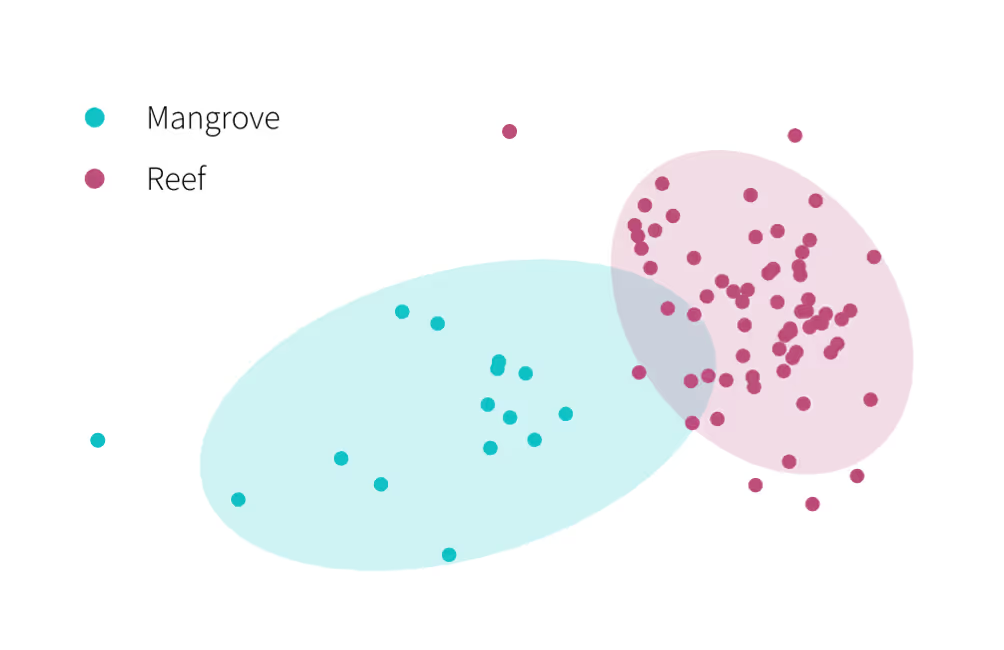

.avif)

